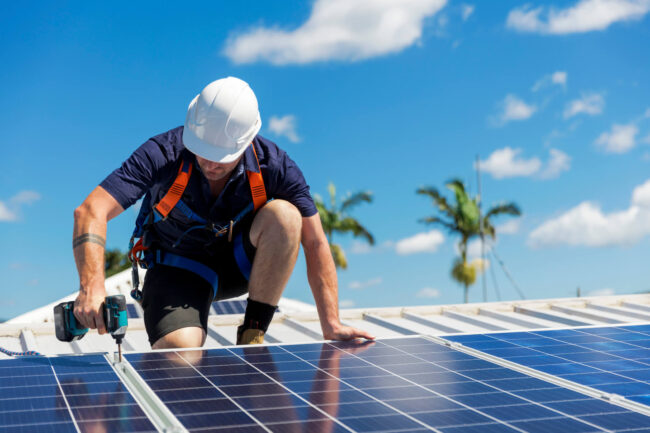Beyond the Idea: Building Investor Confidence Through Scalability and Strong Teams in Alternative Investments
For startups venturing into the realm of alternative investments, the ability to pitch their ideas convincingly to potential investors is a make-or-break skill. One of the key elements that can elevate a pitch is a clear articulation of the problem the startup aims to solve. Investors are drawn to ventures that address tangible pain points or offer innovative solutions to existing challenges. Startups need to clearly define the problem, showcasing a deep understanding of the market dynamics and the unique value their solution brings.
In the realm of alternative investments, where risk and reward often dance on a fine line, a robust business model is a cornerstone of an effective pitch. Potential investors seek clarity on how a startup plans to monetize its offerings and generate sustainable revenue. Articulating a well-thought-out business model demonstrates foresight and instills confidence in investors regarding the startup’s ability to navigate the intricacies of alternative investments.

Furthermore, startups must emphasize the scalability of their ventures. Investors in alternative investments are inherently interested in opportunities that have the potential for significant growth. A pitch that outlines a clear pathway to scalability, backed by realistic projections and a keen understanding of market trends, captures investor attention. It’s not just about solving an immediate problem but positioning the startup for long-term success in the ever-evolving landscape of alternative investments.
An often underestimated aspect of effective pitching is the human element. Investors are not only evaluating the idea but also the team behind it. Startups need to highlight the expertise and cohesion of their team, showcasing a collective skill set that complements the unique challenges of alternative investments. This human touch adds a layer of trust, assuring investors that the startup is not just an idea but a capable team ready to navigate the complexities of the alternative investment landscape.
…

